Traditional Tamil Nadu Cuisine
Home »
The unique flavours of south Indian food make it popular throughout the world. The novel flavours, the tart bend, the sweet implantations and the plenty of vegetables utilized in any formula is what every vegetarian and even non vegetarian craves for. Tamil Nadu cuisine is completely different from the cousin of different districts like Kerala, Andhra Pradesh and Karnataka of south India. Most of their dishes mainly consist of grains, vegetables, lentils and rice. The freshly ground spices give a distinctive taste and aroma to these dishes. Idli, Dosa/Dosai, Vada, Pongal and Upama are some of the most popular dishes relished by people all over the world. These dishes are served with an assortment of chutneys (especially coconut chutney) and the aromatic Sambhar (spicy mix of dal with vegetables). Being a state dominated by Brahmins, vegetarian food is consumed the most, however, non-vegetarian, along with Rice, legumes and lentils, are the most popular food items in the region. Apart from the popular curries, veg and non-veg both, filter coffee is the most favourite beverage of Tamil Nadu; Chennai particularly. Each geographical area in Tamil Nadu has its own distinctive cuisine.
The Four Primary Divisions have their Own Cuisine:
Chola Naidu
Dishes such as Sevai and its other varieties are the specialty of Chola Naidu region. Chidambaram is another popular dish of the region. Being one of the prominent rice based regions, Puliyodharai, Sambar Sadam, Kumbhakonam, Birinji and Amirtha Podi Sadam are the most common dishes cooked here. Chola Naidus are Hindus by religion; hence, vegetarian food is eaten the most.
Pandiya Nadu
Dishes like Idiyappam, Uthappam, Paniyaram and popular Chettinad cuisine comes from Pandiya Naidu region. Non-vegetarian dishes are common dishes in this region. Muttaiparotta, Paruthipal, Karidosai, and Jigarthanda are the unique dishes originated in Madurai.
Kongunadu
Oputtu and Kola Urundai are the primary dishes from Kongunadu cuisine cooked I rural areas. People from this area are primarily non-vegetarians and freshwater fishes, quail, mutton and chicken are eaten in abundance here. Thengai Paal jaggery, Ulundu Kali, Kachayam, Arisimparupu Sadam, Ragi Puttumavu, Arisi Puttumavu, Paniyaram, Ragi Pakoda, Thengai Barbi, Kadalai Urundai, Ellu Urundai and Pori Urundai are the popular dishes.
Tondaimandalam
Because of geographical proximity, the cuisine is quite similar with the Telugu cuisine. The dishes are prepared with a lot of spices. Idli, Dosai, Bhajji, Koottu and Murukku are the most popular dishes of this region.
Listed Following are Some of the Most Common Dishes of Tamil Nadu:
Uttapam
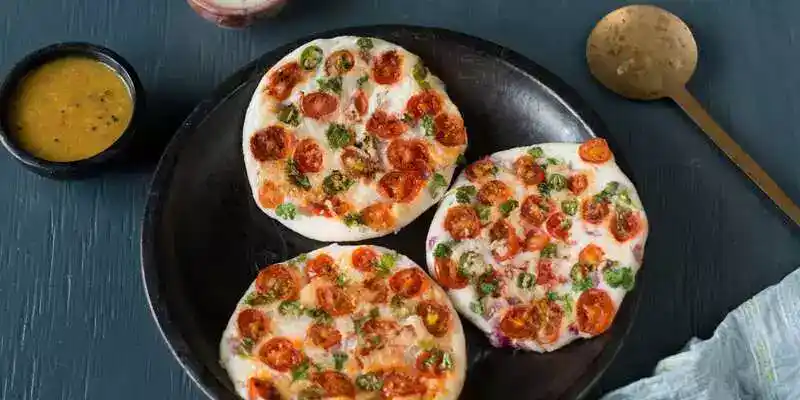 Uttapams are the pancakes prepared with many different toppings and the batter of the pancake is prepared with Urad Dal and rice which is fermented for a few hours before grinding into a thick paste. Uttapams are usually accompanied with coconut chutney and Sambar.
Uttapams are the pancakes prepared with many different toppings and the batter of the pancake is prepared with Urad Dal and rice which is fermented for a few hours before grinding into a thick paste. Uttapams are usually accompanied with coconut chutney and Sambar.
Dosa
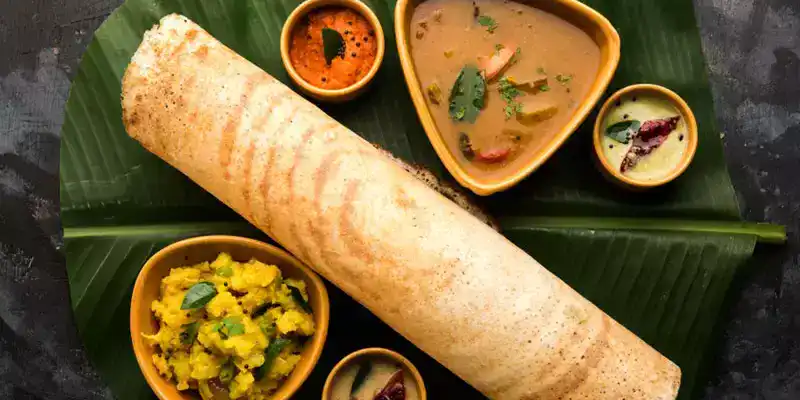 Dosas are of various types. There are a couple of renowned sorts of Dosa which are accessible everywhere throughout the nation. We should begin with paper Dosa. The vast majority of the Dosas are paper-flimsy and like the various Tamil Nadu Food, it is made with the blend of Urad Dal and rice, spread over a skillet and cooked gently. It is then formed into a thin paper-like layer and served in a cone shape alongside some chutney and Sambar. The various Dosas are made similarly however relying upon their names the additional fixings are included. Onion Dosa, Rawa Dosa, Vegetable Dosa, Plain Dosa, Tomato Dosa and Masala Dosa are the most common ones.
Dosas are of various types. There are a couple of renowned sorts of Dosa which are accessible everywhere throughout the nation. We should begin with paper Dosa. The vast majority of the Dosas are paper-flimsy and like the various Tamil Nadu Food, it is made with the blend of Urad Dal and rice, spread over a skillet and cooked gently. It is then formed into a thin paper-like layer and served in a cone shape alongside some chutney and Sambar. The various Dosas are made similarly however relying upon their names the additional fixings are included. Onion Dosa, Rawa Dosa, Vegetable Dosa, Plain Dosa, Tomato Dosa and Masala Dosa are the most common ones.
Idli and Vada
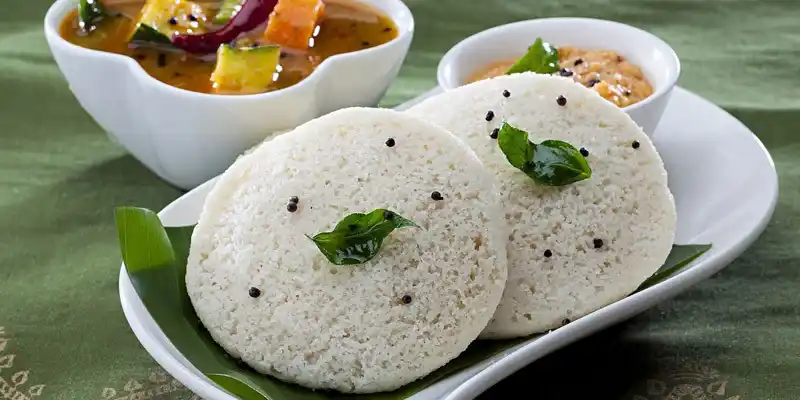 These are the most popular dishes for a full and savoury breakfast and are served with chutney and Sambar. The round small pancakes, Idlis, are made up of rice and Urad Dal, whereas Vadas which are shaped like doughnut are prepared with fermented Bengal gram. Both these dishes complement each other and are the most convenient Tamil cuisine dishes.
These are the most popular dishes for a full and savoury breakfast and are served with chutney and Sambar. The round small pancakes, Idlis, are made up of rice and Urad Dal, whereas Vadas which are shaped like doughnut are prepared with fermented Bengal gram. Both these dishes complement each other and are the most convenient Tamil cuisine dishes.
Sambar
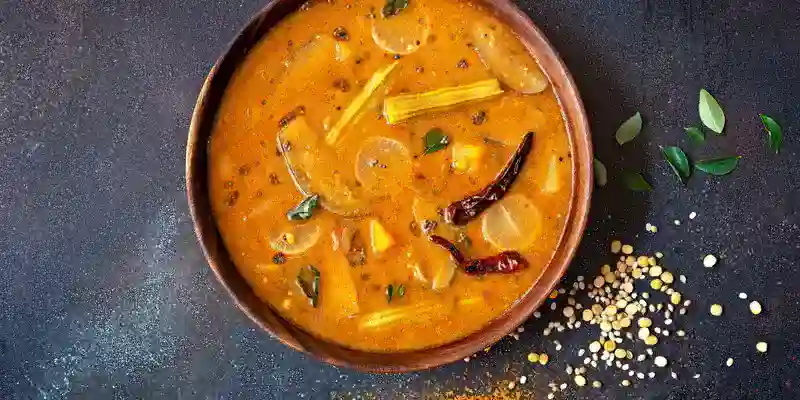 Sambar is basically dal, made with different spices and several vegetables and served as an accompaniment with dishes like Dosa, Idli, Vada, rice etc. The primary vegetables cooked in Samber are Brijal, tomatoes, drumsticks, and pumpkin.
Sambar is basically dal, made with different spices and several vegetables and served as an accompaniment with dishes like Dosa, Idli, Vada, rice etc. The primary vegetables cooked in Samber are Brijal, tomatoes, drumsticks, and pumpkin.
Coconut Chutney
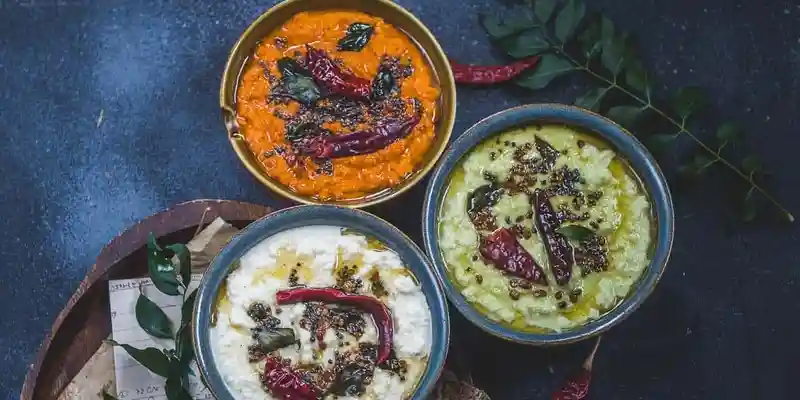 The coconut chutney is made with grounded coconut, dry red crisp chilly, ginger, mustard seed and served cold with Dosa, Idli, Vada. Uruttu Chammanti is how it is known in Tamil Nadu.
The coconut chutney is made with grounded coconut, dry red crisp chilly, ginger, mustard seed and served cold with Dosa, Idli, Vada. Uruttu Chammanti is how it is known in Tamil Nadu.
Lemon Rice
 Lemon rice is a quick and tasty dish made out of rice. It is the best solution for leftover rice. The dish is prepared with a seasoning of onions, tomatoes, curry leaf, red cold, salt and lemon juice and cooked rice is included and seared with the flavouring. A few groundnuts are also added to the dish to give it some crunchiness and equalization out the acrid taste of lemon and presented with chutney or green salad.
Lemon rice is a quick and tasty dish made out of rice. It is the best solution for leftover rice. The dish is prepared with a seasoning of onions, tomatoes, curry leaf, red cold, salt and lemon juice and cooked rice is included and seared with the flavouring. A few groundnuts are also added to the dish to give it some crunchiness and equalization out the acrid taste of lemon and presented with chutney or green salad.
Payasam
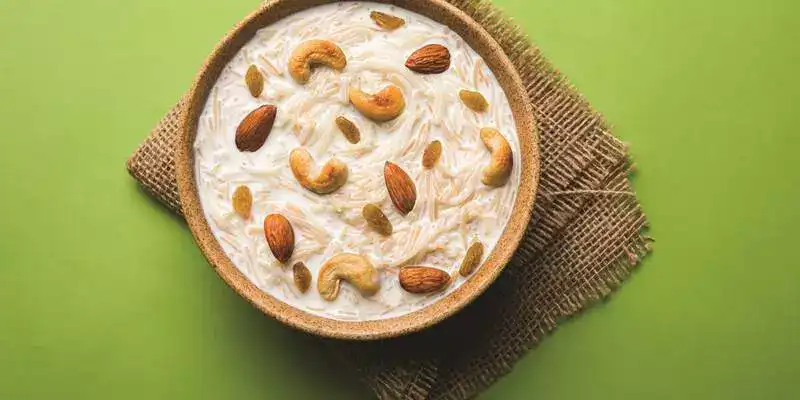 One of the most famous desert served in Tamil Nadu is Payasam. It is made from Urad Dal with some jaggery and is served with cashew nuts making it rich and creamy.
One of the most famous desert served in Tamil Nadu is Payasam. It is made from Urad Dal with some jaggery and is served with cashew nuts making it rich and creamy.
Kootu
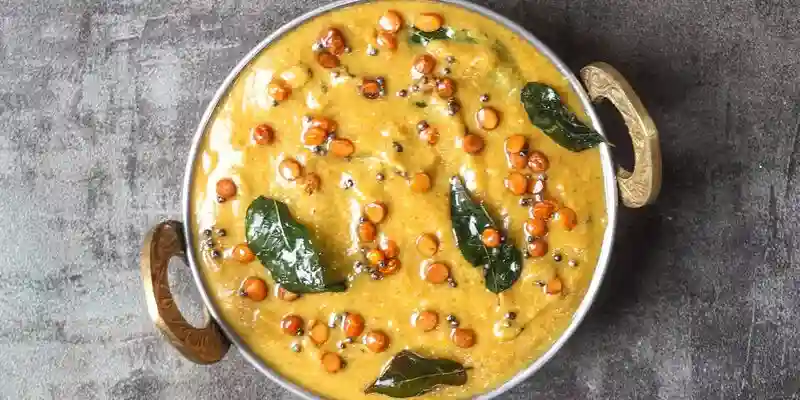 It is a side dish made up of vegetables and lentil and is served with a combination of boiled rice, curd, rasam, poriyal and pickle. There are many variations to Kootu such as Araichivita Kootu and Arachuvitta Sambar.
It is a side dish made up of vegetables and lentil and is served with a combination of boiled rice, curd, rasam, poriyal and pickle. There are many variations to Kootu such as Araichivita Kootu and Arachuvitta Sambar.
Poriyal
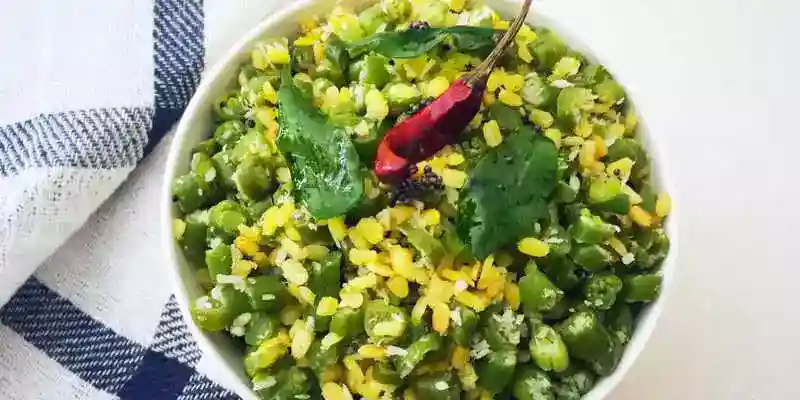 The recipe of Poriyal is a combination of mustard seeds, onions and Urad Dal with vegetable in turmeric, dried red chillies, flavours and coriander. Shredded coconut is utilized to dress the dish. Poriyal is filled in as a side dish to a full supper in Tamil Nadu with sambar/rasam and tayirsadam (yogurt). Poriyal is cooked differently in different regions, for example, Palya in Karnataka and Porutu in Andhra.
The recipe of Poriyal is a combination of mustard seeds, onions and Urad Dal with vegetable in turmeric, dried red chillies, flavours and coriander. Shredded coconut is utilized to dress the dish. Poriyal is filled in as a side dish to a full supper in Tamil Nadu with sambar/rasam and tayirsadam (yogurt). Poriyal is cooked differently in different regions, for example, Palya in Karnataka and Porutu in Andhra.
Filter Coffee
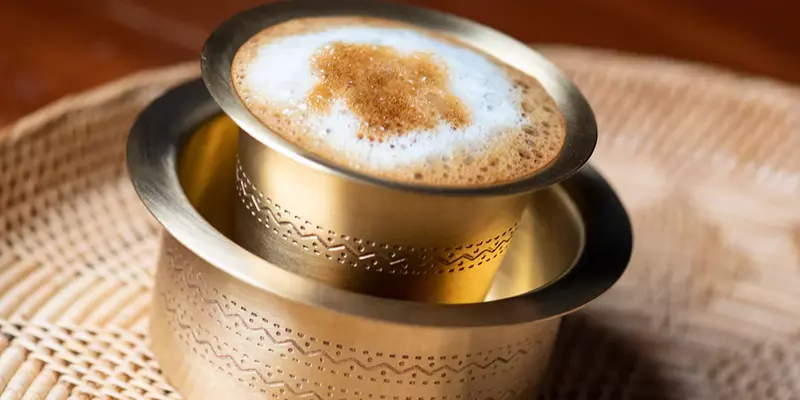 This South Indian filter coffee or Kaapi is extraordinary. Boiling water is added to espresso beans in the espresso filter. The espresso creation that turns out is blended in with bubbling milk. Sugar is included according to taste. This Strong Filter coffee/ Kaapi is then served in two round and hollow cups. The upper cup is presented with frothed espresso. It is then filled another cup known as Dabarah with the goal that all the fixings blend well and permit it to cool.
This South Indian filter coffee or Kaapi is extraordinary. Boiling water is added to espresso beans in the espresso filter. The espresso creation that turns out is blended in with bubbling milk. Sugar is included according to taste. This Strong Filter coffee/ Kaapi is then served in two round and hollow cups. The upper cup is presented with frothed espresso. It is then filled another cup known as Dabarah with the goal that all the fixings blend well and permit it to cool.

Leave a Reply